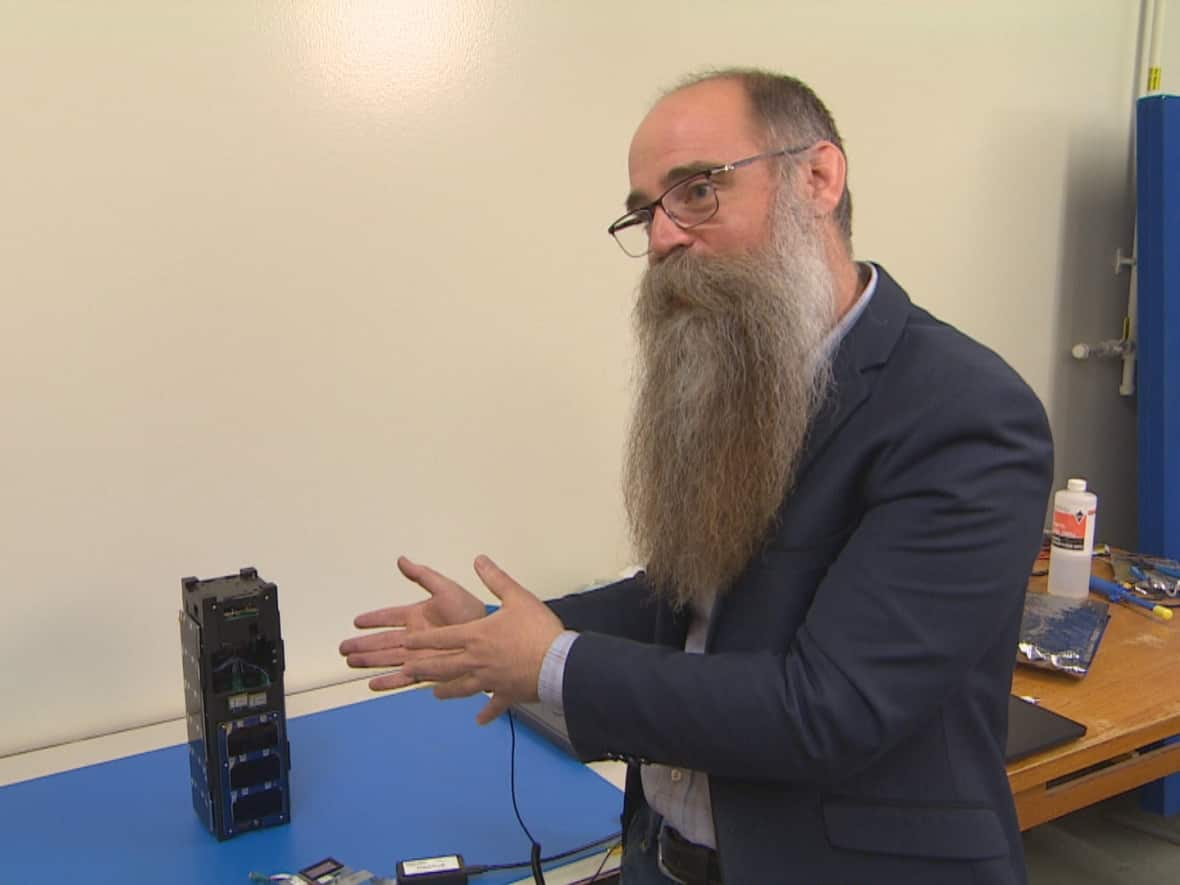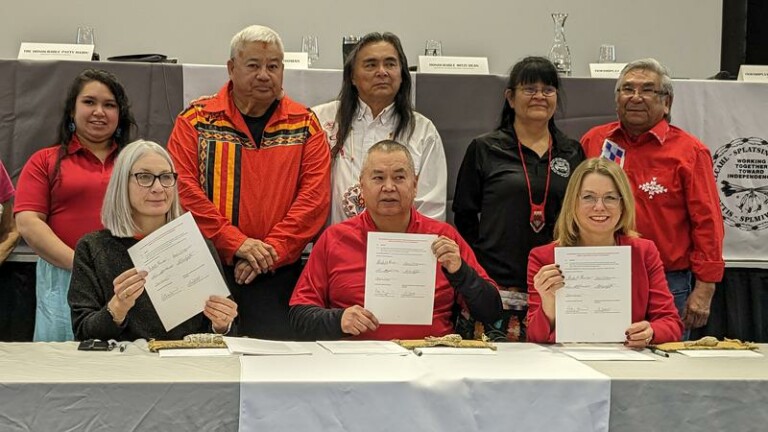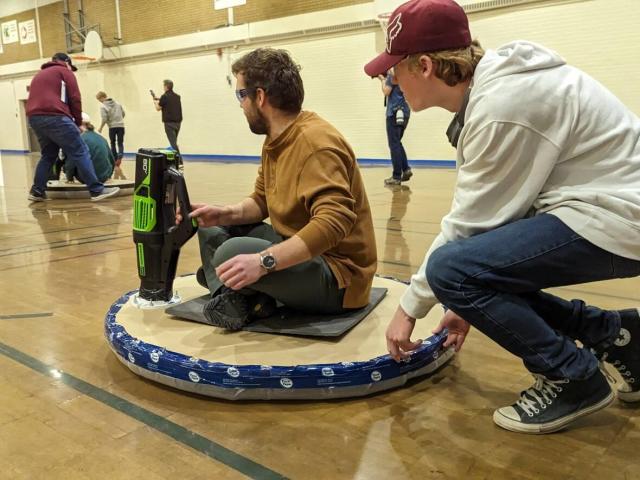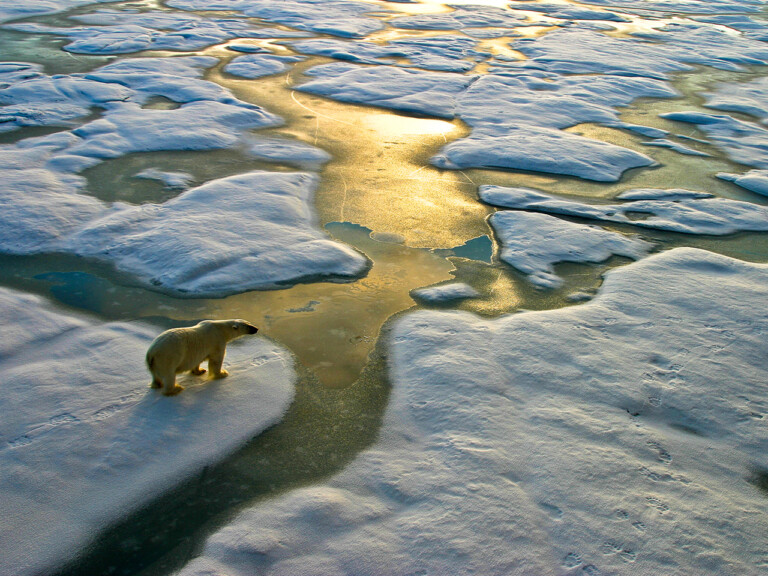‘These rocks … say a lot about the history of our universe and how it formed,’ says U of M aassociate prof
An upcoming space mission focused on the origins of asteroids has a Manitoba component.
A satellite created by University of Manitoba engineering students is scheduled to be launched to the International Space Station in June.
Designed to study how space conditions affect the composition of asteroids and the moon, the satellite — about the size of three stacked Rubik’s cubes, and known as Iris — will help researchers on Earth better understand those effects when studying meteorites (rocks that have fallen to Earth from space).
“This will be the first ever satellite built by University of Manitoba students that is in space,” said Philip Ferguson, associate professor in the U of M’s department of mechanical engineering and founder of its Space Technology and Advanced Research Laboratory, or STARLab.
“While we’ve built satellites here in the University of Manitoba before, we’ve never launched any of them before. I get goosebumps even just thinking about it. We’re excited.”
STARLab students led the project, collaborating with Toronto’s York University, the University of Winnipeg, the Interlake School Division in Manitoba, and Magellan Aerospace.
It’s taken about two years and approximately $20,000 to design and build Iris, which is Manitoba’s contribution to the Canadian Space Agency’s CubeSat project.
“It sounds like a lot of money — and it is — but when you compare that to the hundreds of millions of dollars that it costs to make a big satellite, this is nothing,” Ferguson said.
“We’re making this out of the same kinds of parts that you’d have in your cellphone.”
Ali Barari, a recent U of M grad who was a payload system engineer for Iris, sees Iris as others might see their child.
“We designed and built it from scratch. We created this. We put everything together,” he said. “It feels very exciting … like a father to a baby.”
That’s part of the point of the project — to create reliable space missions with easily accessible commercial parts, Ferguson said.
Iris’s antenna, for example, is a section taken from a tape measure from a hardware store, still with the numbers on it.
“We’re trying to do this with regular parts that you would get just from the regular store but designed in such a way that they can survive space flight,” Ferguson said.
“It’s not just for the rich companies anymore.”
Junior high school students at the Interlake School Division’s space club learned to calculate sun angles and created a sundial that will allow Ferguson’s team to detect the sun’s direction based on the shadows being cast.
CubeSat, started in 2018, offers post-secondary institutions from each province and territory the opportunity for their students to take part in a real space mission by designing, building and launching their own miniature satellites.
Student teams then operate their satellites and conduct missions.
Some CubeSats have already been launched to and deployed from the International Space Station. Ferguson said the space agency planned the launches in three groupings, starting in 2022 and 2023.
“Every satellite that was built across Canada had a different purpose, and ours is to look at space rocks. We’re interested in how space rocks behave in space,” Ferguson said.
“There’s a lot of interest in these rocks, because they say a lot about the history of our universe and how it formed.”
Rather than gathering space rocks, Iris will take some tiny samples back to the great expanse they first came from.
“We anticipate that some of them might change how they reflect light, some might change their colour over time, some might not change at all. We don’t know — it’s not often that people put rocks back into space,” Ferguson said.
Cameras inside Iris, where the rocks are secured, will record images and send them back to Ferguson’s team.
There is a communications station with a large antenna on the roof of the university’s engineering and information technology complex, “and we’ll be able to talk to it the first time it goes overhead,” Ferguson said.
“The satellite is programmed to open up its antenna and open up its solar array and then it’s going to phone home … when it comes over top of Winnipeg.”
He expects it will take the astronauts a couple of months to get settled in and unpack all of the cargo they take up to the space station. Iris will likely get released sometime around July or August.
It will be a little stressful until that first signal comes in, Ferguson said.
“You’re just hoping and hoping and hoping that you get that signal, but I think when we do, that’ll be a huge moment.”
Ferguson hopes Iris will perform its mission for two to three years, but it will slowly descend lower in orbit until it eventually tumbles into and burns up in the atmosphere, he said.
Source: CBC




